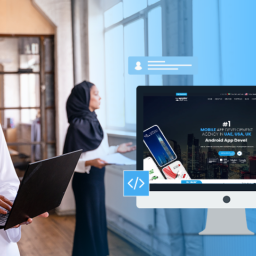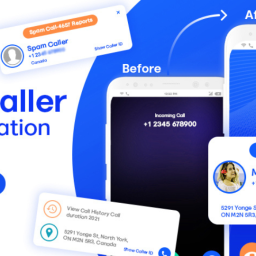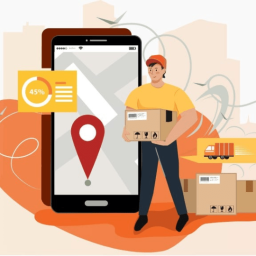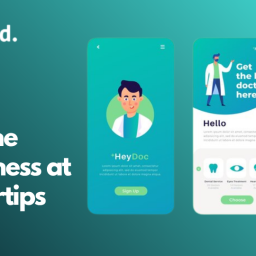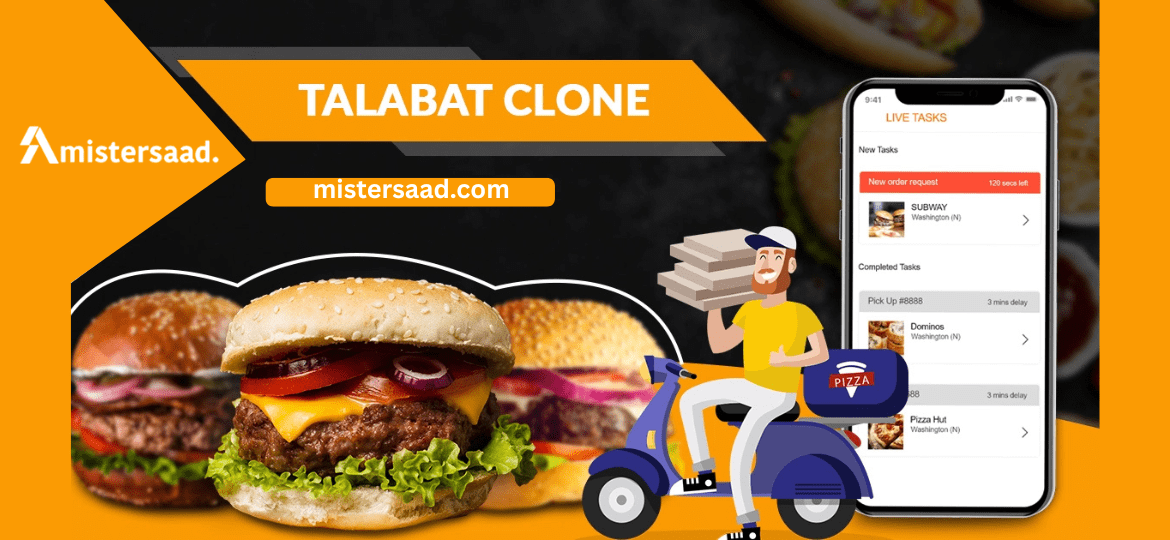
Food delivery applications have changed the way individuals order food in Dubai. One of the most successful in this industry is Talabat. A Talabat food app clone takes planning, skills, and market knowledge to be built. Companies need to concentrate on the features, design, and price to be successful. In this blog, we discuss how exactly to construct such an app. We will also talk about the aspects of cost involved in development. Any business may develop a competitive food delivery platform with the help of professionals. Collaborating with the specialists of App Development Dubai would be the key to success.
Contents
- 1 Step 1: The Food Delivery Market in Dubai Research.
- 2 Step 2: Defining Core Features for a Talabat-Style App
- 3 Step 3: Selecting the Right Technology Stack for Development
- 4 Step 4: Creating Engaging UI and UX Design
- 5 Step 5: Adding Real-Time Order Tracking for Customers
- 6 Step 6: Ensuring Secure and Flexible Payment Integrations
- 7 Step 7: Building Restaurant and Delivery Partner Dashboards
- 8 Step 8: Testing the App Before Launch
- 9 Step 9: Planning a Launch and Marketing Strategy
- 10 Step 10: After Sales Care and support services.
- 11 Step 11: How Much Does It Cost to Build a Talabat Clone App?
- 12 Step 12: Choosing the Best Partner for Food App Development in Dubai
- 13 FAQs
Step 1: The Food Delivery Market in Dubai Research.
The first step is the understanding of food delivery market in Dubai. Companies have to examine consumer preferences and strategies of competitors. Research assists in determining where there were gaps that can be filled by your Talabat clone. The consumerism in Dubai is focused on convenience and quick service. The insights are used to design and shape the features of apps. By looking at competitor applications, you get to know strengths and weaknesses. Being aware of customer wants wastes less time and less risk in development. It also assists in placing your app in a niche in a saturated market. When market research is done right, your app will be up to the expectations of the customer and will be distinct.
Step 2: Defining Core Features for a Talabat-Style App
Core features define the success of any food delivery app. Customers expect easy navigation, search filters, and fast ordering. Features like restaurant listings, menus, and reviews build trust. Integration of GPS ensures customers track deliveries in real time. Restaurants and drivers need simple dashboards for management. Notifications and promotions help keep users engaged with the app. Payment gateways must support multiple options for flexibility. Including customer support ensures quick resolution of problems. These core features form the backbone of your Talabat clone. Without them, customer experience suffers and retention becomes difficult.
Step 3: Selecting the Right Technology Stack for Development
The right technology stack guarantees smooth performance and scalability. App frameworks like Flutter or React Native help create reliable apps. Backend technologies ensure fast processing and secure data handling. Databases manage customer and restaurant information efficiently. APIs enable smooth integration of features like GPS and payments. Choosing the right stack also affects long-term costs and maintenance. Experienced developers evaluate business needs before recommending technologies. Scalable solutions allow your app to handle growth without failures. Collaboration with a trusted App Developer ensures the right technology choices. A solid foundation makes your app durable and competitive.
Step 4: Creating Engaging UI and UX Design
User interface and experience design are critical for customer satisfaction. A simple layout ensures easy navigation for all users. Colors, fonts, and icons must be in line with the brand identity. The flow in between pages is smooth, which improves the experience. Dashboards are also required in restaurants and for drivers. Good UX will make users come back and refer their friends to the app. It should not have many steps and puzzles to use the features. Food pictures should be emphasized by visual design. The use of design differentiates your app. Experiences made by professional designers increase customer loyalty and app usage rates of the apps.
Step 5: Adding Real-Time Order Tracking for Customers
Real-time order tracking is now an expected feature in food delivery apps. Customers want updates from order placement to final delivery. GPS integration provides accurate updates on driver location. This feature reduces anxiety and improves customer trust. Restaurants benefit from order tracking for better workflow management. Delivery partners also get optimized routes for timely deliveries. Notifications keep users informed about progress at each stage. Live tracking develops trust in your service. In its absence, customers can opt to go to competitors that have better transparency. By providing this feature, you will be guaranteed that your app will satisfy the expectations of your customers.
Step 6: Ensuring Secure and Flexible Payment Integrations
Customers need to be assured of secure payment methods. Your app should be able to take credit cards, debit cards and wallets. Cash on delivery is also suitable to local tastes. Secure payment gateways ensure that the data of the users are secure in the process. Elasticity of payment enhances customer satisfaction and conversions. Popular local gateways will be integrated to increase confidence in Dubai markets. The multi-currency support will be able to appeal to the foreigner customers. Testing will help that all payment systems are error free. Additional security is provided with fraud protection features. A trusted payment system will enable you to have a loyal customer base of your app.
Step 7: Building Restaurant and Delivery Partner Dashboards
Separate dashboards improve usability for restaurants and delivery partners. Restaurants need tools for menu updates and order management. They also track earnings and customer reviews. Delivery partners require route optimization and order history access. Simple dashboards reduce training time and improve efficiency. Clear communication tools improve coordination between restaurants and drivers. Admin dashboards oversee the entire system for better management. Analytics within dashboards provide valuable business insights. Dashboard analytics are great business insights. Dashboards also increase transparency among all stakeholders. An effective system will provide smooth operations in the platform. It is a structure that leads to success in the long-term.
Step 8: Testing the App Before Launch
Testing is done to ensure smooth running of the app prior to launching. Functional testing tests such functions as ordering and payments. Performance testing evaluates the speed of the apps when they are under loads. Security testing helps to secure user information against risks. The usability testing measures the customer experience. Real user testing helps to see the possible issues. Solving problems during the test phase is cheaper and more trustworthy. The fact that it is being tested even after it is launched keeps the app reliable. Testing also provides device and platform compatibility. Companies that do not test run the risk of bad reviews.
Step 9: Planning a Launch and Marketing Strategy
A powerful launch plan provides awareness to your app. Pre-launch promotions create buzz and get early adopters. Partnerships with restaurants create credibility. First-time orders are stimulated by discounts and offers. Social campaigns on the media expose target customers. Influencer marketing assists in reaching more people in a shorter period of time. App store optimization enhances the visibility on the app marketplaces. Early feedback would be used to improve features to enhance performance. A successful launch will guarantee first traction in a competitive market. The marketing efforts must be sustained after launch. Even the best apps cannot do without visibility.
Step 10: After Sales Care and support services.
After-sales services make sure that the application remains healthy. This is because bugs are fixed regularly and security is enhanced. New features are also introduced by the maintenance services based on the feedback. Monitoring assists in detecting and correcting performance problems in a short period of time. The companies need to invest in long-term maintenance of applications. When support is ignored, customer satisfaction will be low. The frequent update of your app makes it competitive in the market. Customers like additions that make us easier to use and secure. Trust and loyalty are created through post-launch support.
Step 11: How Much Does It Cost to Build a Talabat Clone App?
The cost of building a Talabat food app clone depends on many factors. Features, design complexity, and technology stack all influence pricing. A basic app may cost between $20,000 and $40,000. Advanced apps with rich features may exceed $80,000. The choice of platforms, iOS or Android, also affects the budget. Additional integrations like GPS, wallets, and analytics raise development costs. Ongoing maintenance and updates add to long-term expenses. Working with App Development specialists ensures transparent cost planning.
Step 12: Choosing the Best Partner for Food App Development in Dubai
Selecting the right partner ensures your app succeeds in Dubai’s market. Look for experience in food delivery app development. A certified agency offers reliability and quality assurance. Skilled developers understand local customer preferences. MisterSaad, known as a leading App Developer Dubai, recommends choosing qualified teams. Ask for portfolios and past project results before hiring. Clear communication during development ensures faster progress. Local expertise in App Development helps adapt to market trends. Support and maintenance services should also be included. A trusted partner reduces risks and improves your chances of success.
Conclusion
Building a Talabat food app clone in Dubai is an exciting opportunity. Success depends on careful planning, market research, and expert guidance. Key steps include defining features, creating strong UI, and ensuring secure payments. Testing, launch strategy, and maintenance are equally vital for long-term growth. Costs vary depending on features and complexity. Investing in reliable partners ensures better quality and user experience. Collaborating with professionals in App Development Dubai improves efficiency and outcomes.
FAQs
1. How long does it take to build a Talabat clone app?
Most apps take between 4 to 8 months depending on complexity.
2. Can I launch with a small budget?
Yes, a basic version can be built and scaled later.
3. What makes a Talabat clone successful?
Strong features, easy design, and good customer service ensure success.
4. Do I need separate apps for iOS and Android?
Cross-platform development can cover both with one codebase.



